

Are 108 megapixels worthwhile for a smartphone?
108 megapixels sounds impressive for a smartphone camera. But is such a high resolution even necessary?
The Xiaomi Mi Note 10 is the first smartphone on the market with a 108-megapixel sensor. This puts my first digital camera in the shade. It only had three megapixels almost 20 years ago. At that time, a higher resolution was synonymous with better image quality. Word should have got around that there is a physical limit to this equation and that above a certain value, more megapixels are not synonymous with higher image quality.
Small sensor area and many pixels
Smartphones with their small sensors - on which each individual pixel is getting smaller and smaller and can absorb less light - have a lower limit than SLR cameras with significantly larger sensors. So from twelve megapixels upwards, smartphone photos no longer automatically look better. The improved image quality of smartphone cameras can ultimately be attributed to larger apertures and, above all, ever-improving software. None of this has prevented Samsung from developing a 108-megapixel sensor for smartphones and Xiaomi from installing it.
You always have to select the full resolution separately in the Mi Note 10 camera app. By default, the smartphone takes photos with 27 megapixels. To do this, the software combines four adjacent pixels into one pixel. This is called "pixel binning" and is intended to increase the image quality, as each pixel consists of the - ideally best - data from four neighbouring pixels.
To see what effects and advantages the full resolution of 108 megapixels has, I photographed all the subjects with the Xiaomi Mi Note 10 in both resolutions. For comparison, I also had the Samsung Galaxy Note 10+ with a resolution of twelve megapixels with me.
Limitations at full resolution
If you take photos at full resolution, some functions are not available to you. For example, zoom and night mode are not available. Portrait mode also only employees at reduced resolution. For videos, no more than UHD at 30 fps is available, but you can still select the full 108 megapixels in the Pro mode of the camera app.
Detail accuracy
If you want to emphasise a detail in a photo by zooming in, a resolution of 108 megapixels compared to 27 megapixels sounds promising. I have a part of the masonry of the Phoenixhof in Hamburg in the 108 megapixel image in original size (view 100 per cent) and selected the same section in the 27 megapixel image and enlarged it for better comparability. In terms of width, this means almost exactly a doubling from 429 to 861 pixels.
Here is the original image with 27 megapixels:

Here is the comparison between 27-megapixel resolution and 108-megapixel resolution:
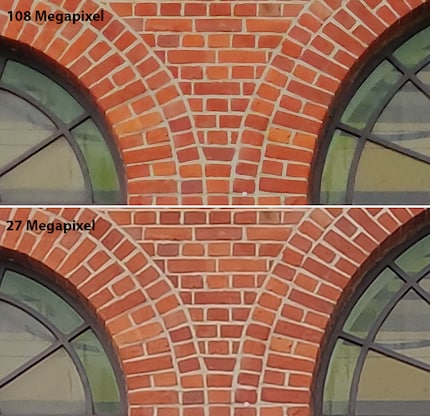
In addition to differences in colour, it is noticeable that the low-resolution image appears more detailed. The software with HDR effects and pixel binning at 27-megapixel resolution seem to pay off here, leaving the 108-megapixel resolution behind.
A comparison with the Galaxy Note10+ shows that there may be something to the promise of improving image quality by subsequently reducing the resolution. The section of the Mi Note 10 downscaled from 108 to 27 megapixels appears more detailed than the 12-megapixel section of the Samsung Galaxy Note 10+. That sounds less impressive when you remember that the Xiaomi still has more than twice as many megapixels despite the reduced resolution. But perhaps we need to think the other way round here: the 108 megapixels and pixel binning are not an obvious disadvantage.
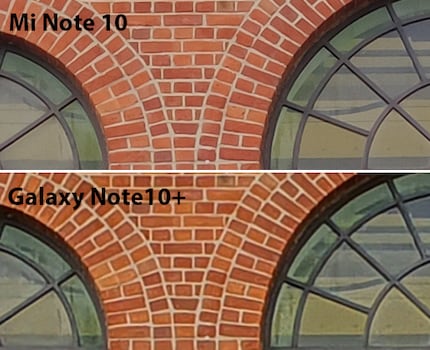
Backlight
The difference in colour between the 27-megapixel and 108-megapixel images is immediately apparent in the backlit image. Various corrections - including the HDR effect - take effect in the camera app. At 27 megapixels, they ensure natural-looking colours. In the 108-megapixel image, on the other hand, the camera mixes a lot of blue into the image, which makes it look cooler.
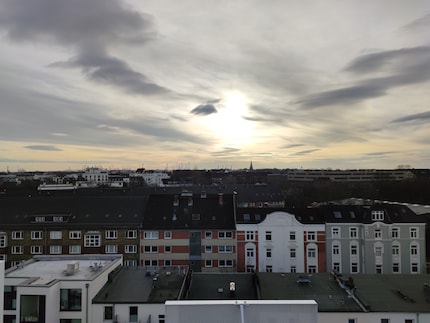
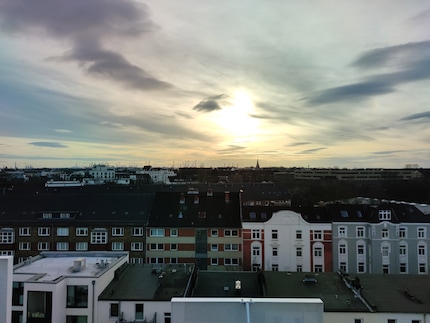

The Galaxy Note10+ not only has a different focal length, but also delivers a darker image. As a result, the sun becomes a round circle again and is no longer a diffuse bright spot.
Night
At night, there is not much difference between 27 and 108 megapixels. Only when you activate night mode does the image change. Dark areas become brighter and overexposure disappears. However, night mode is only available with 27 megapixels.
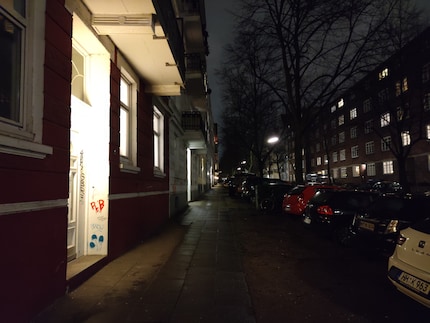
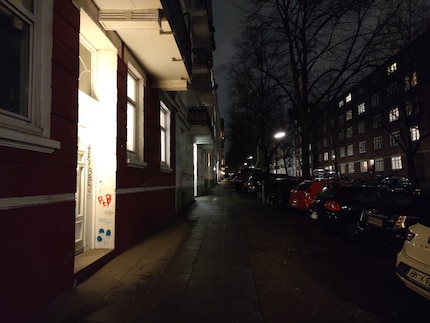
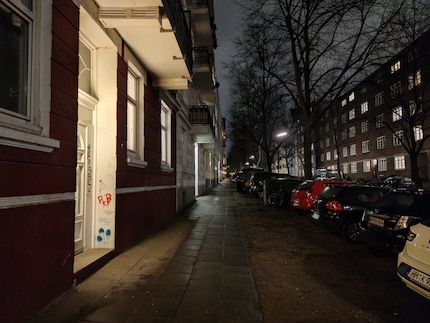
On the Galaxy Note10+, the difference between conventional recording and night mode is not as pronounced, but it is still unmistakable..
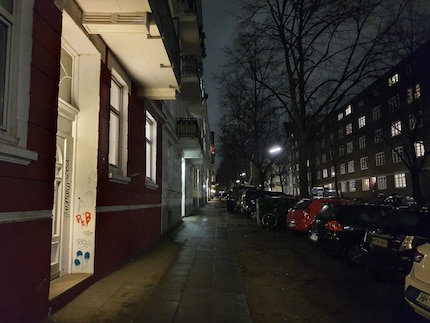
Digital zoom
If you take photos with the full 108 megapixels, there is no digital zoom available on the Mi Note 10. This is only possible in 27-megapixel mode. Will the pixel binning have a positive effect compared to Samsung's 10-megapixel version?


Obviously, the Galaxy Note10+ clearly has the edge when it comes to tenfold magnification. At the 50x magnification offered by Xiaomi, however, even the 108 megapixels, which are combined to 27 megapixels via pixel binning, reach their limit. The image is not usable.

Conclusion: 108 megapixels are not a disadvantage
I had assumed that 108 megapixels would be a disadvantage in a smartphone. After all, a lot of small pixels are crammed into a very small space. From a physical point of view, it would make more sense to use larger pixels that can capture more light. But the camera software of the Xiaomi Mi Note 10 proves me wrong. Although the high resolution is certainly also used for advertising purposes, it is not an obvious disadvantage compared to smartphones with a lower resolution.
However, this only applies if you use the 27-megapixel photos of the Mi Note 10. Without pixel binning, i.e. at the full resolution of 108 megapixels, I don't like the image quality as much and functions such as night mode, zoom or portrait mode are not available.
Xiaomi will not be the only manufacturer to get good photos out of the high resolution with the help of software. According to current rumours, Samsung will install the 108-megapixel sensor in the successor to the Galaxy S10 - regardless of whether it is called the S11 or S20. However, only a look at the final photos will show who will get the better images from the sensor.
You can find the photos in full resolution here.

When I was but a young student, I'd sit in my friend's living room with all my classmates and play on his SuperNES. Since then I've had the opportunity to test out all the newest technology for you. I've done reviews at Curved, Computer Bild and Netzwelt, and have now arrived at Galaxus.de.


